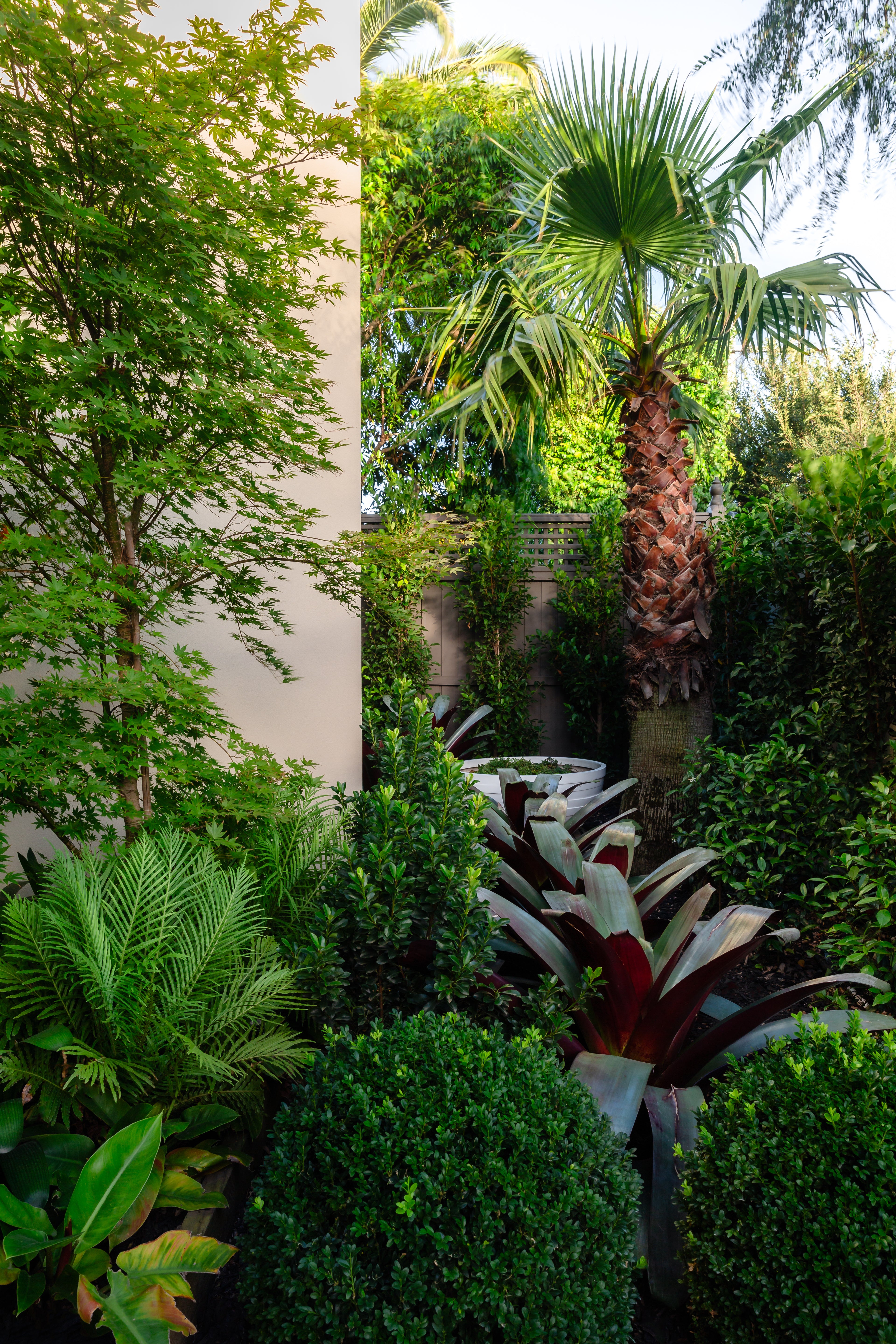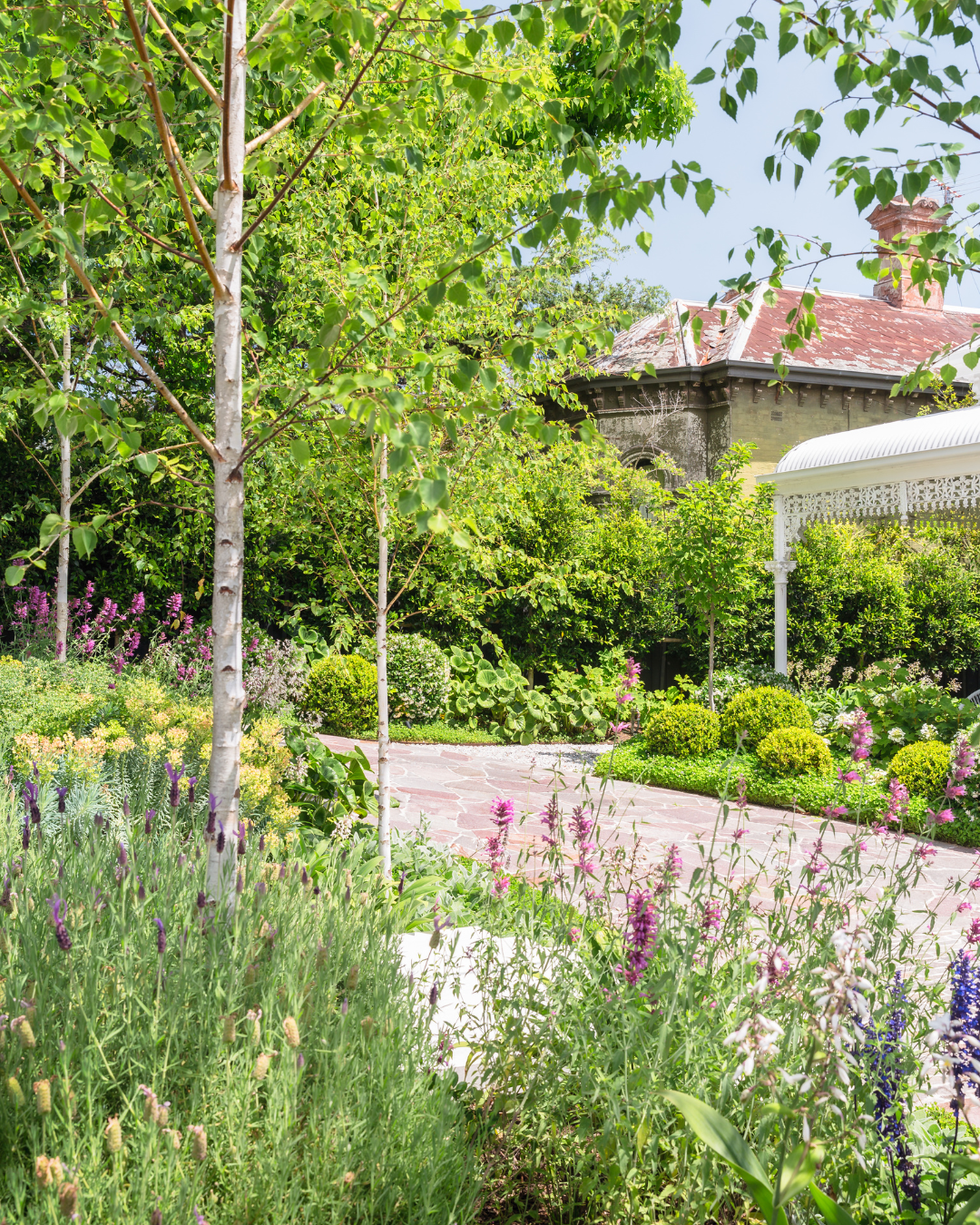Planting the right trees can be an efficient and sustainable solution when considering ways to reduce your home's energy costs. Well-placed trees add beauty and value to your property and provide natural shade and windbreaks, significantly lowering heating and cooling expenses throughout the year. This article will explore how specific trees—Acer negundo 'Sensation', Cupressus leylandii 'Better Green', and Magnolia grandiflora 'Little Gem'—can help reduce energy costs by strategically improving your home's microclimate.
How Trees Lower Energy Bills
Before discussing specific tree recommendations, it's essential to understand how trees can impact your home's energy efficiency. By blocking harsh sunlight in summer and shielding your home from cold winds in winter, well-positioned trees can help reduce the need for artificial cooling and heating. The shade provided by trees can lower the surrounding temperature by several degrees, cutting down on air conditioning costs. At the same time, windbreaks can prevent cold drafts from reaching your home, reducing heating expenses.
By carefully selecting trees that grow to an appropriate size and thrive in your climate, you can create a natural energy-saving system that complements your home and garden.
Acer negundo 'Sensation': A Colorful Shade Provider
The Acer negundo 'Sensation' is a deciduous tree known for its vibrant autumn foliage and rapid growth. This tree grows 7-10 meters tall and offers an excellent solution for homeowners looking to create significant shade during the warmer months. Its spreading canopy effectively blocks the sun's heat, helping cool the house and surrounding areas.
With its striking red-orange foliage in autumn, Acer negundo 'Sensation' brings seasonal beauty while reducing energy consumption during the hot months by casting a cooling shadow on your home. It’s particularly well-suited for placement on the west or southwest sides of the house, where it can block the intense afternoon sun.
Key Facts:
- Mature Height: 7-10 meters
- Mature Width: 5-7 meters
- Best Uses: Shade tree, feature tree in larger gardens
- Leaf Appearance: Bright green in spring and summer, turning brilliant red-orange in autumn
- Rate of Growth: Fast-growing
- Tolerates: Urban conditions, drought-resistant once established

Why It's Perfect for Your Garden:
The Acer negundo 'Sensation' is ideal for creating cooling shade during summer, effectively lowering your home’s energy costs. Its stunning autumn foliage enhances your garden’s aesthetic appeal, making it a valuable addition to any high-end garden that combines practicality with beauty. This tree's low-maintenance nature and rapid growth ensure energy savings in just a few years.
Cupressus leylandii 'Better Green': A Windbreak for Year-Round Savings
If you’re looking for an evergreen tree that can serve as a robust windbreak, the Cupressus leylandii 'Better Green' is an excellent choice. This variety of Leyland Cypress has been specifically bred for its canker resistance and lush, dense foliage, making it a hardy and dependable option for shielding your home from harsh winds.
Windbreaks like the Cupressus leylandii 'Better Green' can reduce heating costs by preventing cold air from reaching your home during winter. By planting a row of these trees on the side of your property that receives the most wind, you create a natural barrier that insulates your home and garden, keeping it warmer during the colder months. In addition, its dense canopy provides moderate shade during summer, further contributing to energy savings .
Key Facts:
- Mature Height: 10-12 meters
- Mature Width: 2-3 meters
- Best Uses: Windbreak, privacy screen
- Leaf Appearance: Dense, dark green foliage
- Rate of Growth: Fast-growing
- Tolerates Salt and wind exposure, making it ideal for coastal areas

Why It's Perfect for Your Garden:
The Cupressus leylandii 'Better Green' is perfect for creating an effective windbreak, reducing your heating costs by preventing cold air from entering your home. It’s also highly versatile, providing year-round greenery and privacy. For those living in exposed areas, this tree offers a luxurious yet practical solution to lowering energy costs while maintaining an elegant landscape.
Magnolia grandiflora 'Little Gem': A Compact Beauty with Shading Potential
For those with smaller gardens or limited space, the Magnolia grandiflora 'Little Gem' is a compact evergreen tree that provides excellent shading without dominating your landscape. This tree is famous for its glossy green leaves and large, fragrant white flowers that bloom through summer, adding a touch of elegance to any garden.
The Magnolia grandiflora 'Little Gem' grows up to 6 meters tall, making it a manageable option for homeowners who need a tree that won't overwhelm their garden but still want to enjoy the energy-saving benefits of shade. Planted strategically around your home, this tree can provide cooling shade in summer, reducing the need for air conditioning.
Key Facts:
- Mature Height: 5-6 meters
- Mature Width: 2-3 meters
- Best Uses: Small gardens, shade tree, feature tree
- Leaf Appearance: Glossy green leaves with a rich brown underside
- Rate of Growth: Moderate
- Tolerates: Heat, drought, and poor soils

Why It's Perfect for Your Garden:
The Magnolia grandiflora 'Little Gem' is an excellent choice for compact spaces where both beauty and practicality are desired. Its ability to offer shade while maintaining a manageable size makes it a smart, energy-saving addition to any luxury garden. The tree's beautiful flowers and year-round foliage ensure that it remains a focal point, even outside the energy-saving benefits.
Tree Selection and Planting Tips
When planning your tree selection to reduce energy costs, consider the following tips:
- Placement is Key: Plant shade trees on your home's west and southwest sides to block the most intense afternoon sun. Windbreaks should be planted on the north and northwest sides, where cold winds are strongest.
- Choose the Right Tree for Your Space: Select trees that fit the scale of your garden. Options like Acer negundo 'Sensation' are ideal for large gardens, while smaller spaces may benefit from more compact species like Magnolia grandiflora 'Little Gem'.
- Consider Growth Rate: If you're looking for fast results, opt for fast-growing species like Cupressus leylandii 'Better Green' to establish an energy-saving barrier quickly.
- Planting Distance: Ensure trees are planted far enough from your home to avoid root interference with foundations but close enough to provide the shade and wind protection you need.
FAQs
-
How can trees lower my energy bills?
Trees provide shade in summer, reducing the need for air conditioning, and act as windbreaks in winter, lowering heating costs. -
How long does it take for trees to provide energy-saving benefits?
Fast-growing trees like Cupressus leylandii 'Better Green' can start providing shade and windbreak benefits within a few years. Slower-growing trees may take longer to mature. -
Are evergreen trees better for energy savings?
Evergreens like Cupressus leylandii 'Better Green' provide year-round benefits by acting as both a windbreak in winter and a source of moderate shade in summer.
Incorporating the right trees into your landscape can significantly lower your home’s energy costs while enhancing your garden’s beauty. Whether you choose the bold foliage of Acer negundo 'Sensation', the sturdy Cupressus leylandii 'Better Green', or the elegant Magnolia grandiflora 'Little Gem', each tree offers unique benefits that contribute to a more energy-efficient home.










